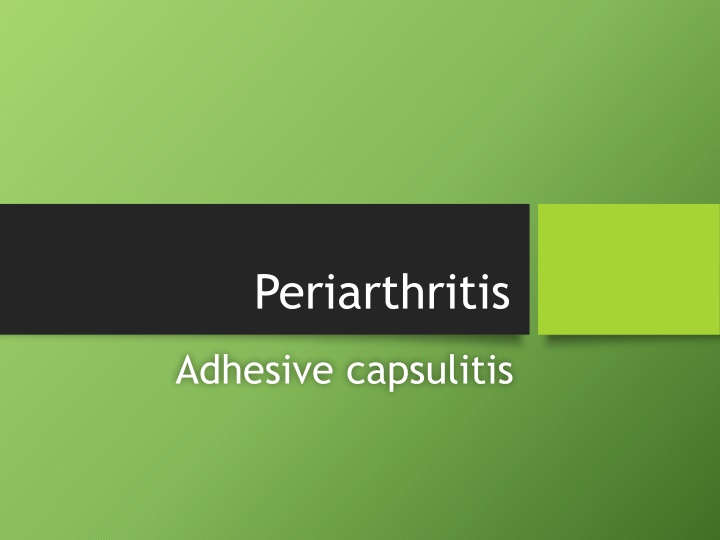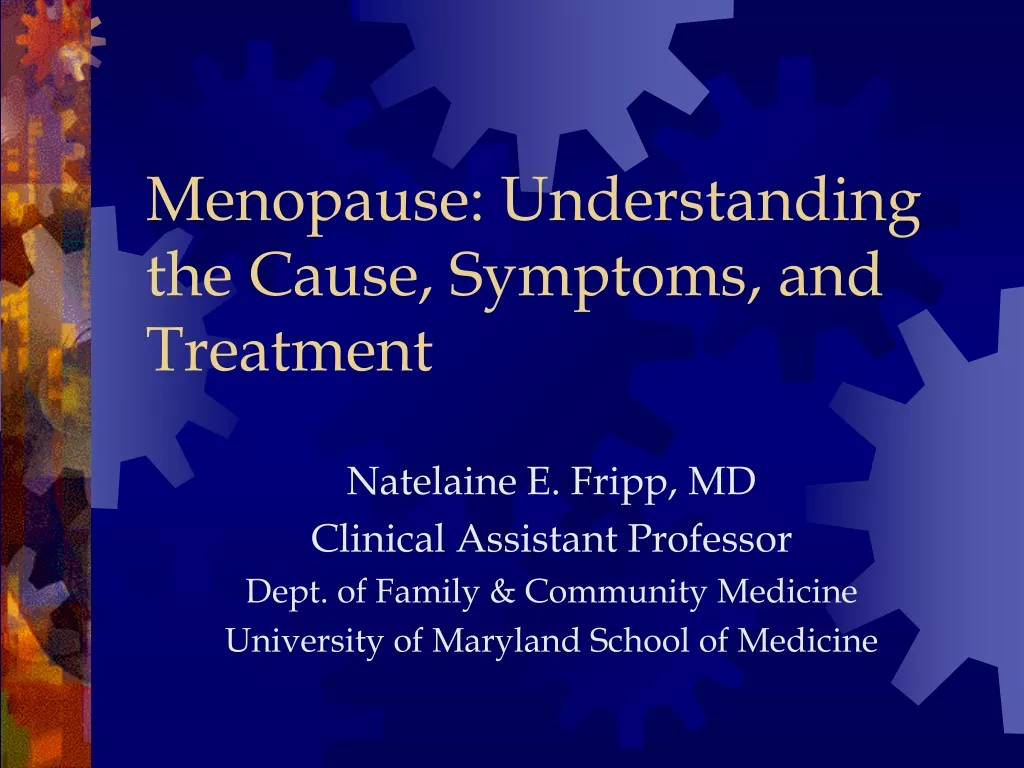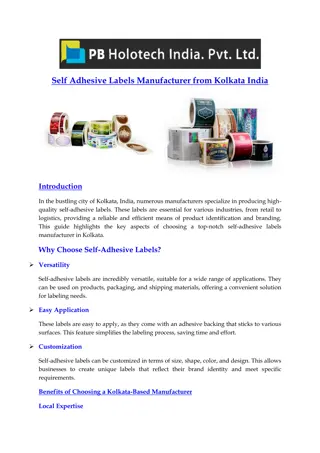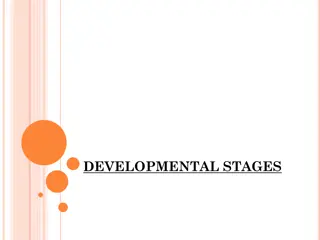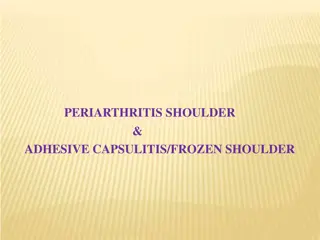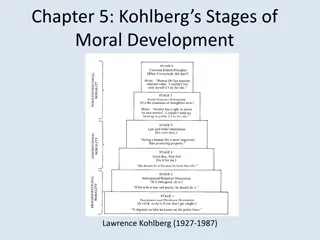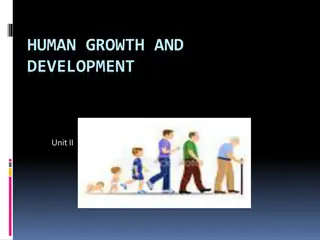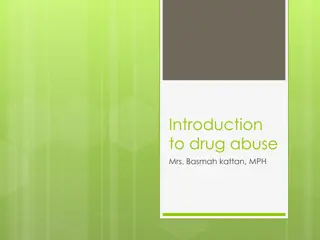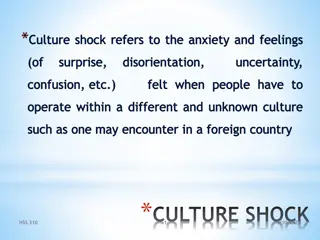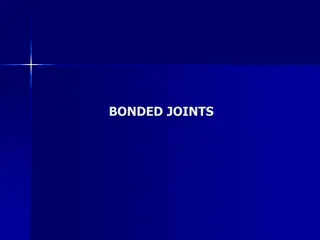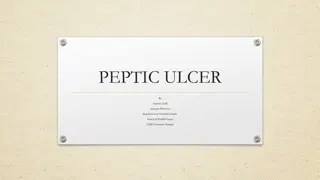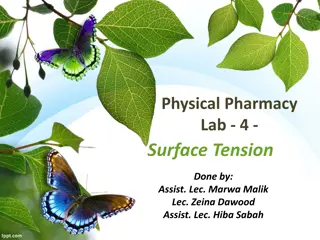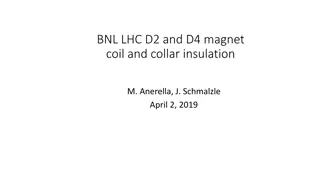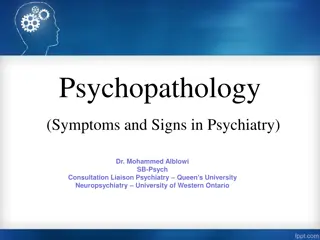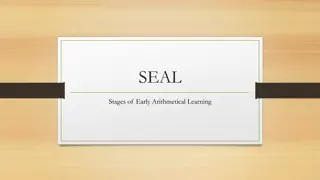Periarthritis Adhesive Capsulitis: Overview, Symptoms, and Stages
Periarthritis adhesive capsulitis, also known as frozen shoulder, is an inflammatory condition affecting the glenohumeral joint capsule, leading to pain and stiffness in shoulder movements. It is common in middle-aged women and can impact both shoulders. The condition progresses through stages, starting with pain on movement and advancing to stiffness and eventual resolution. Diagnosis involves assessing range of motion and pain levels. Treatment includes physical therapy, medications, and possibly surgery in severe cases.
Download Presentation

Please find below an Image/Link to download the presentation.
The content on the website is provided AS IS for your information and personal use only. It may not be sold, licensed, or shared on other websites without obtaining consent from the author.If you encounter any issues during the download, it is possible that the publisher has removed the file from their server.
You are allowed to download the files provided on this website for personal or commercial use, subject to the condition that they are used lawfully. All files are the property of their respective owners.
The content on the website is provided AS IS for your information and personal use only. It may not be sold, licensed, or shared on other websites without obtaining consent from the author.
E N D
Presentation Transcript
Periarthritis Adhesive capsulitis
PATHOLOGY inflammatory lesion of glenohumeral joint capsule leading to thickening and contracture which resultant loss of joint volume clinically . It is a painful stiffness of active and passive movements in all planes of the shoulder joint.
Pathology :- Capsule is thickened and retracted leading to reduce GH movements. It is a inflammatory lesion where there is thickening and contraction of the joint which resultant in loss of joint volume.
Incidence :- Common in middle aged women , etiology is unknown however due to kyphotic tendency in women . It is probably common in females , so sometimes it is called as self limiting condition . Capsulitis never occurs as a complication of existing intrinsic shoulder lesion like supraspinatous or biccipital tendonitis . PTO..
Onset :- Usually , or gradually can occur in shoulder and then after sometime than other shoulder may rarely involve ... Sometimes both the shoulder are involved simultaneously.
Stages :- It has got four stages :- 1) Stage 1-pain on movement no stiffness, 2) Stage 2- pain is more intense , 3) stage 3- stiffness is more , 4) Stage 4- gradual resolution of stiffness.
Stage 1: Pain is on movement there is no stiffness. Major signs :- active and passive range of the movements are full. Pain and strains which increases on over pressure . Isometric resistive movements are strong and painless. Accessory movements at the limit of physiological range will be decreases.
Stage 2 :- Pain is more intense Pain is present at night with sleep disturbances , most movements cause pain Whereas ,pain is deep and is felt at the deltoid region which may radiate upto the elbow .
Stage 3 Pain decreases , stiffness decreases, adhesion formation , contracture of thickened capsule . Waisting of supraspinatous / infraspinatous may also be seen . Major signs- active range of movements and passive range of movement decreased at all planes .. A drift may be seen.
Stage 4:- Gradual resolution of stiffness and gradual return of movements in majority of the cases. Stage 1-3 -- few weeks to three months Stage 4 4-5 months , 6 months , 1 year . Duration :-
Signs- Major signs :- shoulder stiffness is more with difficulty in ADL activities . Passive movements are also decreased with pain on over pressure Even accessory movements are marked reduced.
Examination :- Physical examination of shoulder joint :- 1) inspection :-observation shape and contour of shoulder, muscle wasting and any swelling. 2) movements :- Active movements should be objectively demonstrated, Passive range of movements :- over pressure and springing type of end feel is normal .
Tests- 3) special test A) locking test B ) quadrant test 4) palpation of joint line tenderness 5) physical examination :- a- active movements are limited in capsular pattern b- passive movements
Clininical Features ROM may be limited due to pain with muscle garding ,it may be limited due to stiffness due to capsular end feel . Elicated by stretching the shoulder complex. joint plane decreases joint plane especially the inferior glide. restricted isometric movement which are strong and painless .
palpation referred tenderness on the lateral brachial region Inspection is generally negative..
Symptoms :- Acute symptoms- pain radiates below elbow. Patient awakened at night . On passive movements limitation is due to pain and muscle guarding .
Chronic symptoms :- pain localized to lateral region . No pain at night On passive movements limitation is due to capsular stiffness and felt only when capsule is stretched.
Examination of PA shoulder 1)site of pain : lateral brachial region usually possible referred to C5 C6 segment upto elbow. 2) nature of pain :varies from constant dull ache to pain only on activities in restricted ranges,patient feels pain while rolling on effected side, or while performing movements.
Management :- Acute stage Goals relief of pain and muscle guarding to allow gentle mobilisation . Ice on superficial ( hot packs or IRR ) , Grade 1 and grade 2 gentle mobilisation , The best position grade 1 and grade 2 mobilisation is prone lying where arm hanging freely by the edge of the couch and applied inferior glide to decrease the spasm , PTO
Initiate active assisted ROM like auto mobilisation , isometric, strengthening of rotator cuff muscles , Correction of posture , Prevention of kyphosis.
In chronic cases increases the extensibility of joint capsule with special attention to anterior aspect of capsule . Use ultrasound theraphy before stretching to gain extensibility of capsule . Grade 3rdand 4thmobilizing techniques are done. Stretching , Shoulder isometrics can also be done.
